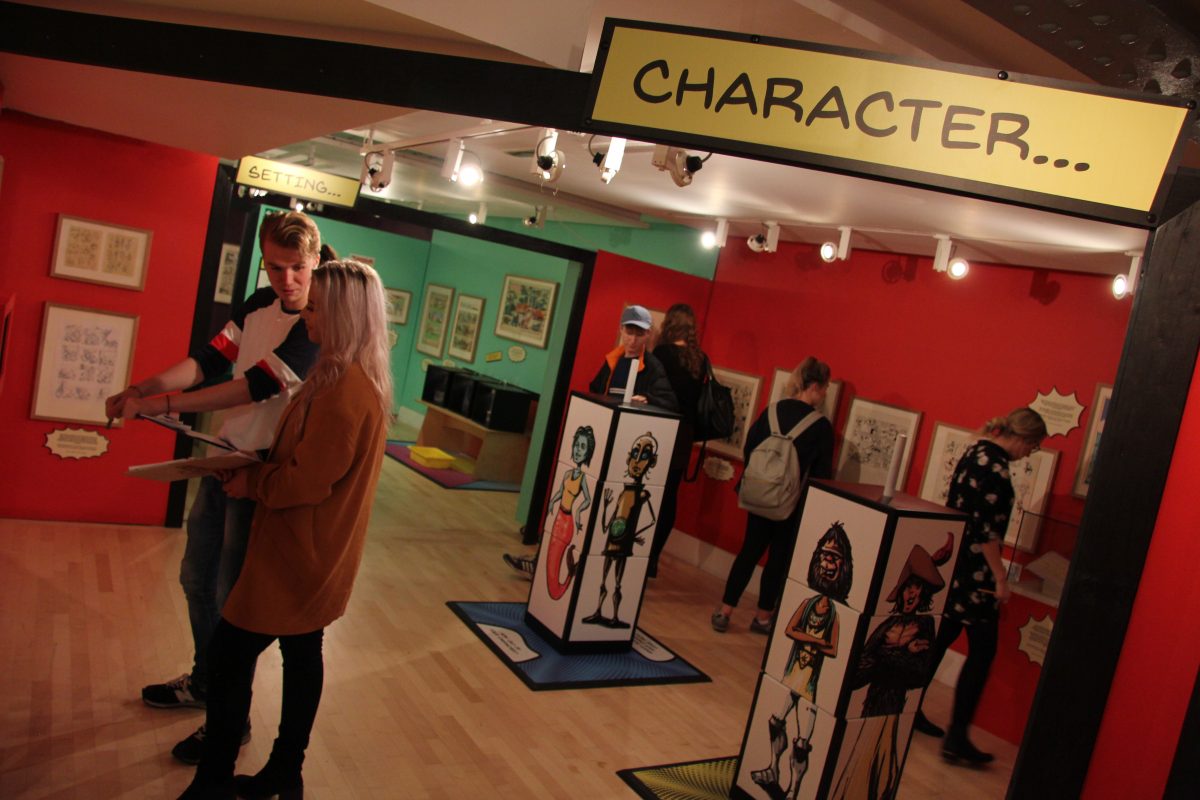Universities and cultural organisations are working more closely than ever before. New roles and initiatives are emerging to manage these collaborations…
Navigating a challenging funding landscape, arts and cultural organisations are increasingly collaborating to make their resources stretch further and engage new audiences. Universities are similarly turning to partners, who can help to demonstrate impact beyond the academy, support challenge-based research funding bids and enhance the (increasingly expensive) student experience.
Aside from these external drivers, there are synergies between the two sectors. Both arts organisations and HEIs can be seen as ‘anchor institutions’, not-for-profit organisations which contribute to learning, economic growth, skills development and community engagement within their regions. Many universities run their own cultural venues; some of our national cultural institutions are eligible to apply for RCUK funding through their status as Independent Research Organisations. You could say we’re natural partners.
And as the overlap between our missions, activities and communities creeps closer, new opportunities for collaboration are unlocked. However, the Museum and Universities Partnership Initiative identifies that partnerships between universities and cultural organisations imply ‘equality… longevity… shared objectives and risks’. So working in partnership requires just that – work. But how are organisations managing these relationships?
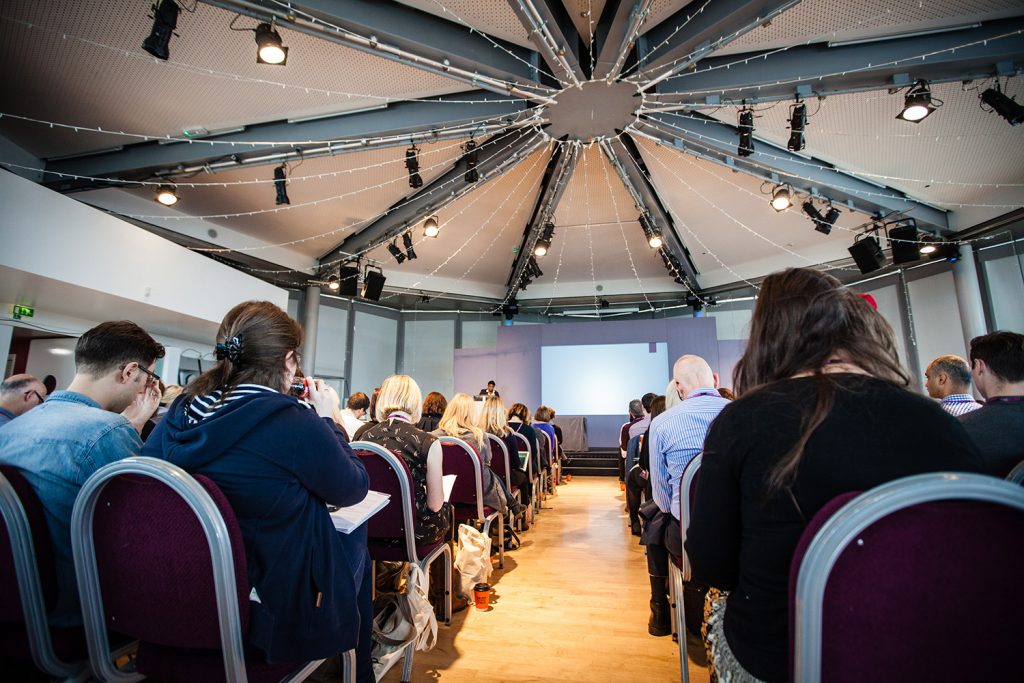
Roles at the edge
For larger organisations managing multiple cultural or HEI partnerships, co-ordination functions often sit with a team within the organisation’s staff structure. The National Archives’ Academic Engagement team co-ordinate engagement with academic audiences; Kings College London’s Cultural Institute facilitates collaborations between the University and the cultural sector.
But as you drill down to a collaboration between an individual university and arts organisation, new partnership models and roles, like mine, are beginning to emerge.
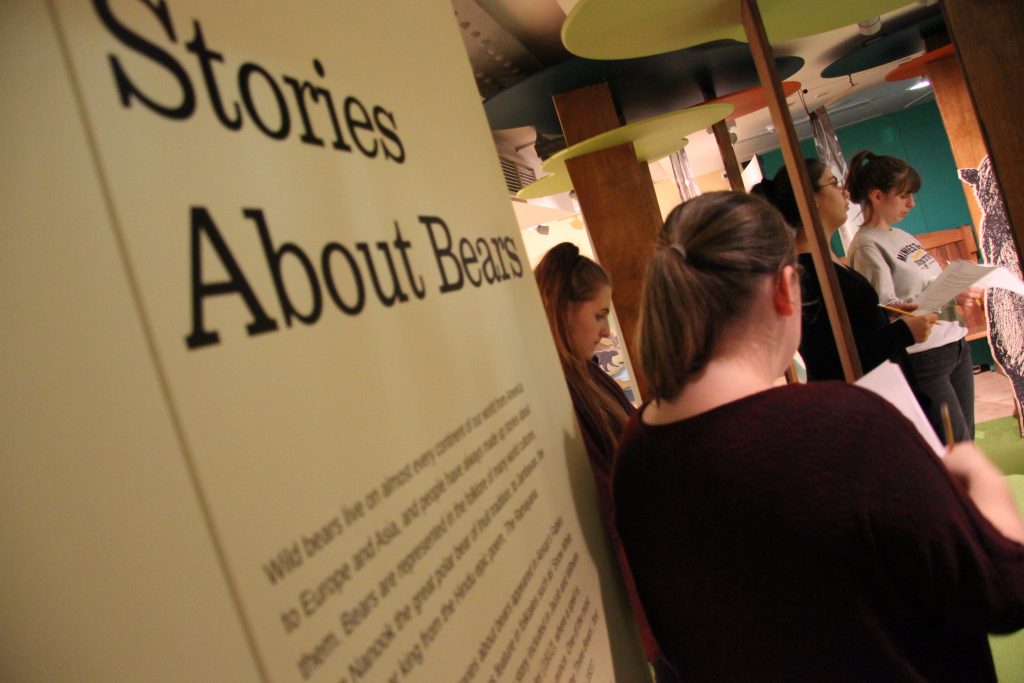
Spanning the boundaries
I manage the partnership between Seven Stories: The National Centre for Children’s Books and Newcastle University. I identify myself as working for the partnership, or, both partners, simultaneously. My post is jointly funded by the partners and Arts Council England and is embedded within the staff structure of both organisations.
Our partnership is built on a shared ambition: that Newcastle becomes a centre for excellence in children’s literature. My work focuses on initiatives which are genuinely beneficial for both organisations, support our jointly agreed objectives and progress our long-term relationship.
Of course, working for two different institutions isn’t perfect – just imagine working between four different offices and two IT systems – but it’s a model that’s proving successful. Since 2015, our partnership has generated over £800,000 worth of funded activity and engaged with over 100,000 people. And beyond the numbers, I think that more interesting and innovative things happen at this intersection.
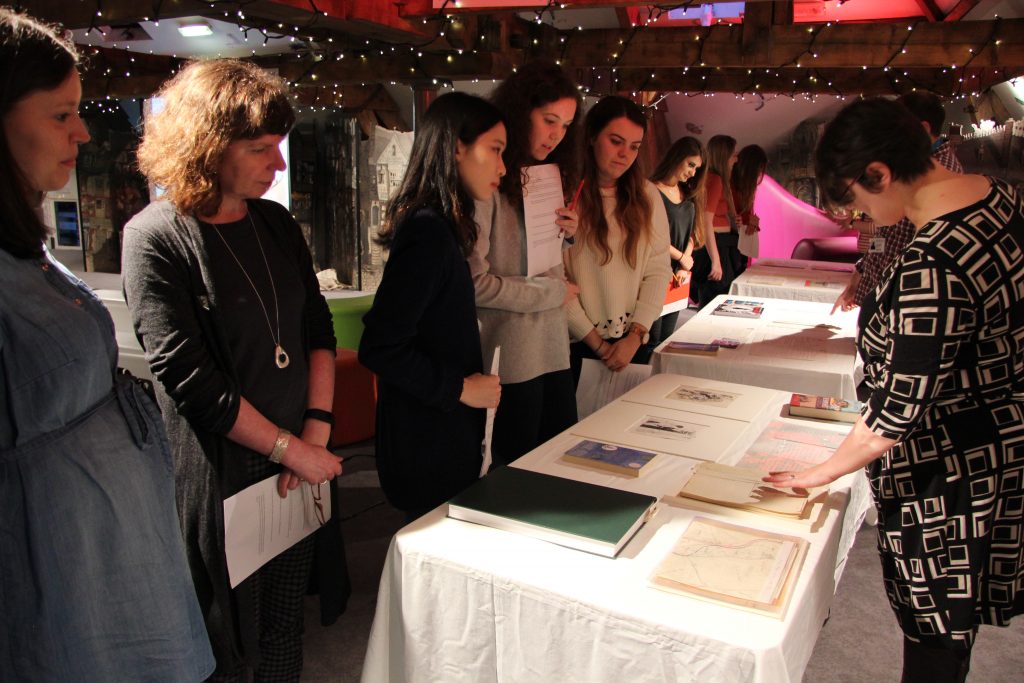
A collective ‘brand’
An extension of this model is Opera North and the University of Leeds’ pioneering DARE collaboration, positioned as a collective ‘brand’ embedded within both organisations. Celebrating its 10th anniversary this year, the partnership has impressive statistics, encompassing more than 250 projects and attracting £3million in new funding.
DARE Director Lesley Patrick says: “The fundamental pillars to building the relationship included identifying areas of common ambition, to form an equal partnership with a common language. This created a framework which removes ‘policing’ and allows conversations to breathe.”
“DARE has allowed each organisation to prioritise the development of initiatives that make a positive contribution to achieving its own ambitions. It drives the partners to think and act more broadly, outside the traditional spheres – it enables business development.”
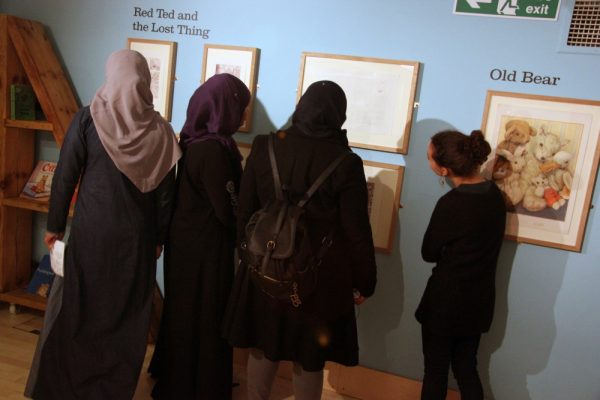
Networks of partnerships
And as partnerships between the sectors increase, new co-ordination initiatives are developing to support, catalyse and highlight activity. Culture Forum North launched in 2015, bringing over 50 Higher Education and cultural sector partners in the North together to discuss collaborations. The National Co-ordinating Centre for Public Engagement’s MUPI project, which began in 2015, brokers and analyses partnership activity between small to medium-sized museums and HEIs.
There’s a culture change going on here: arts research and arts organisations are demonstrating that our sectors can work together innovatively and effectively. But external funding is still primarily sector-specific. Arts Council England and the Arts and Humanities Research Council have yet to release a collaborative funding call. Perhaps there’s an opportunity here for our funders to work in partnership, too?


